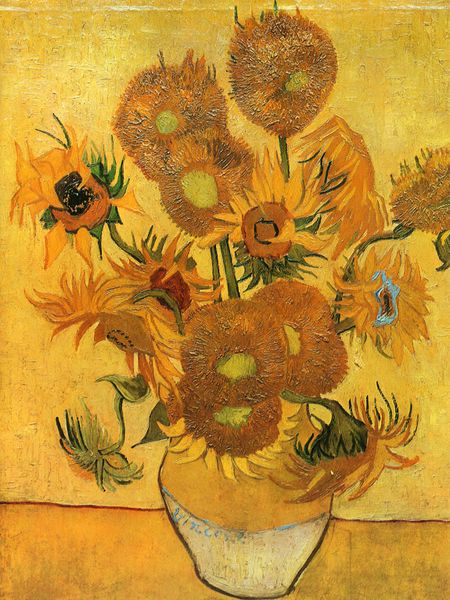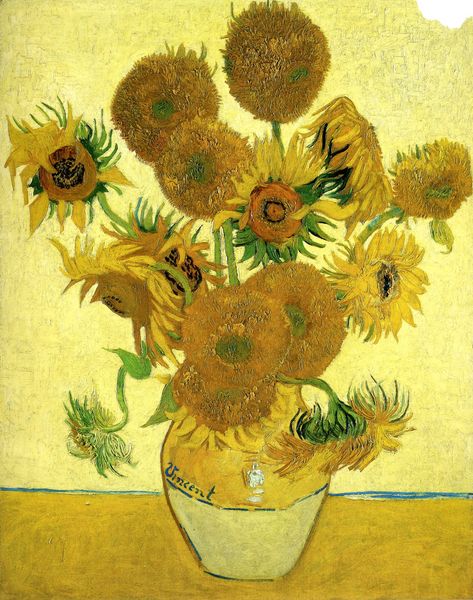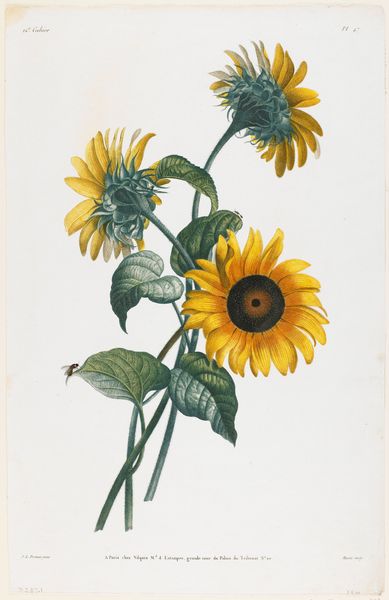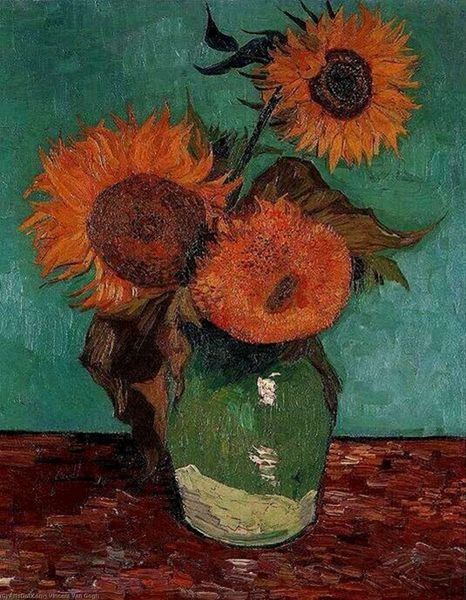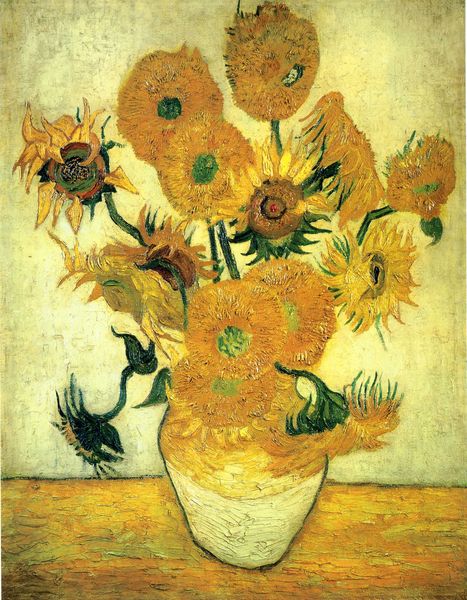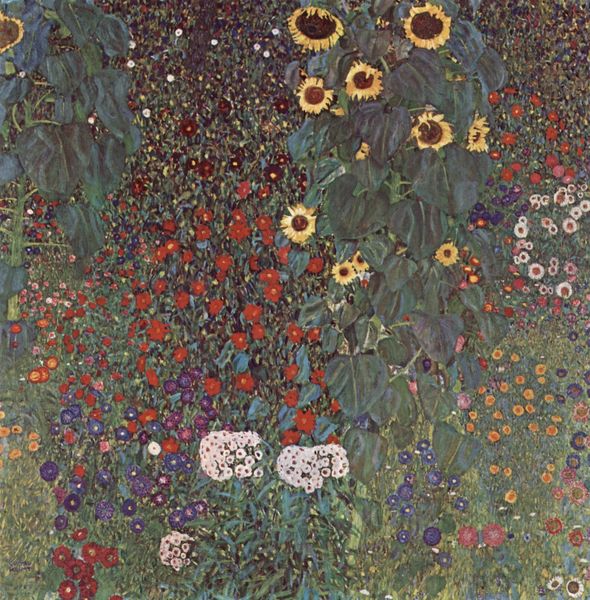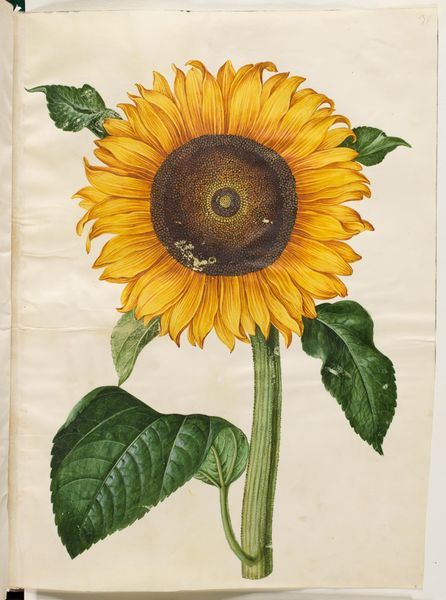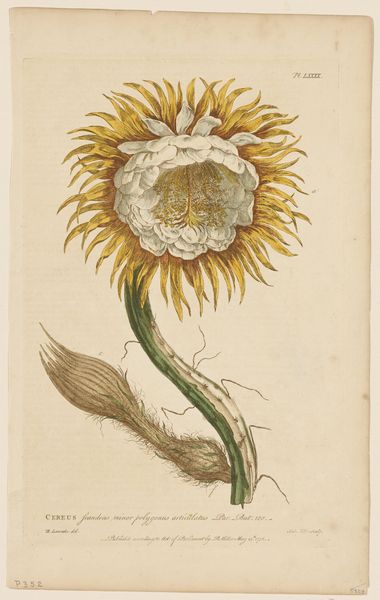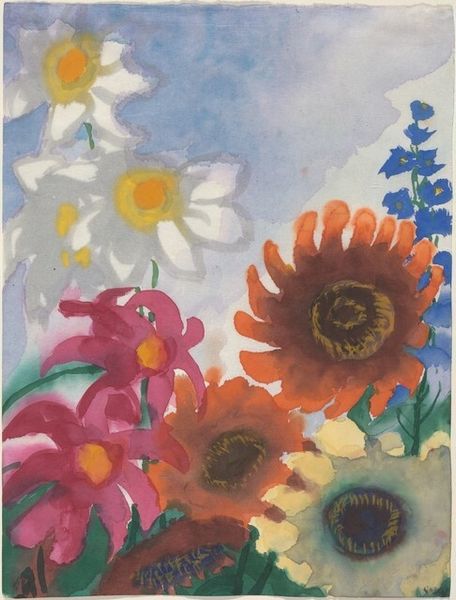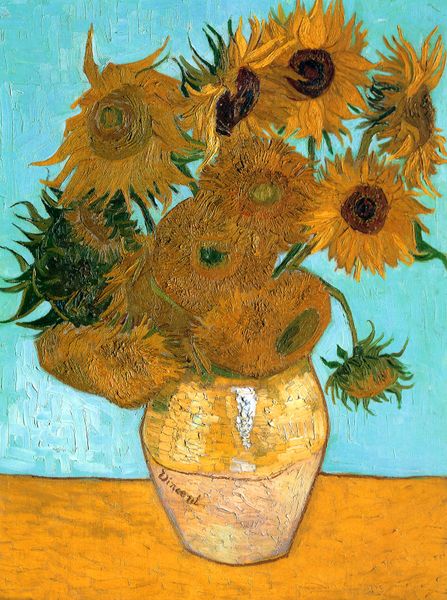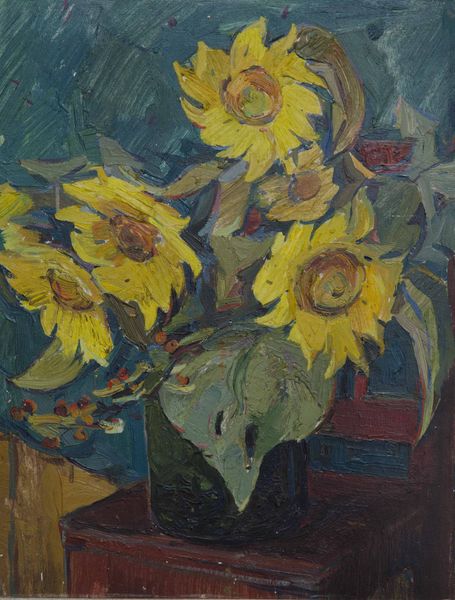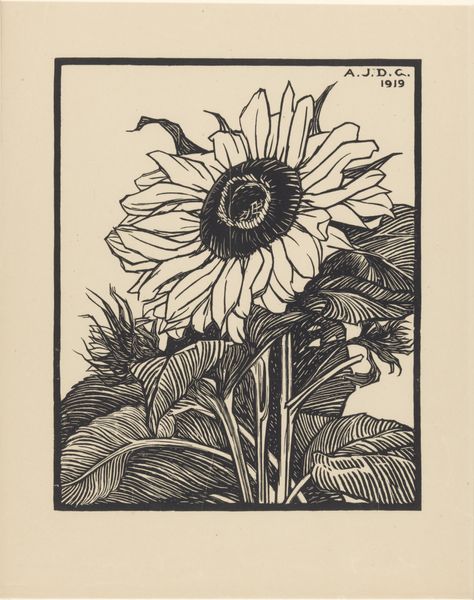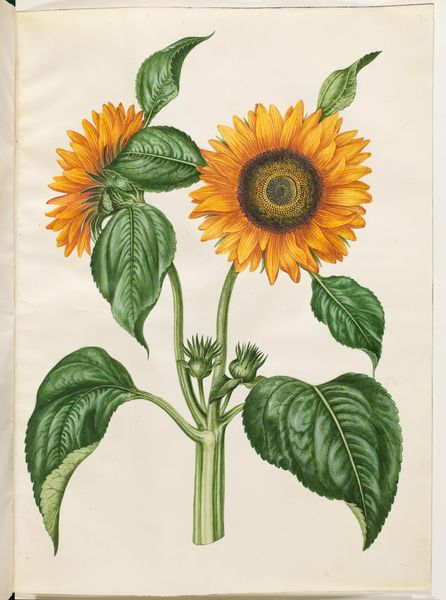
oil-paint, impasto
#
oil-paint
#
landscape
#
impasto
#
vanitas
#
symbolism
#
post-impressionism
#
modernism
Copyright: Public domain
Curator: Looking at this image of Van Gogh's "Still Life: Vase with Five Sunflowers," painted in 1888 using oil paint with his signature impasto technique, I am struck by the density of material, like witnessing the very act of creation. Editor: There's something melancholic about them, even a little morbid. Sunflowers, symbols of warmth and joy, are beginning to wilt, foreshadowing decay, which is very Vanitas, if you think of this from a political stance. Curator: The brushwork certainly enhances that reading. Each dab of paint seems strategically placed, building texture and form with incredible awareness. Notice the materiality of oil paint rendering these gorgeous blooms—it reminds me of the labor involved and the cost of material consumption during Van Gogh's time. Editor: Precisely! Think of the political undercurrent of the period, all the revolutions, which are further amplified by these vibrant yet transient flowers! And the background; the background’s almost a bruising color, heightening that tension. What were the social conditions which framed Van Gogh's act of making this art piece? Curator: Given that this painting no longer exists, its creation itself is part of its political statement as much as the flowers themselves; this fact emphasizes how easily a masterpiece is rendered null and destroyed in the maelstrom of labor and material, doesn't it? Editor: Indeed! Consider that through the depiction of flowers on the brink, we grapple with ideas around temporality, beauty, and power structures. The class that gets to witness it against those who toil, perhaps? It speaks to wider philosophical implications regarding existence itself and who has the freedom to engage with beauty. Curator: To extend your thought, how interesting that an artwork with a heavy symbolism of 'Vanitas', linked with impending expiry, has itself expired too! Editor: Well, to contextualize my reading of politics through 'Vanitas,' what are our responsibilities when viewing this poignant work? Curator: It underscores, I think, how all art is an artefact and how making the artwork is a transient dance. Editor: An intriguing reminder of art's ability to immortalize the perishable while still being bound by political realities.
Comments
No comments
Be the first to comment and join the conversation on the ultimate creative platform.
